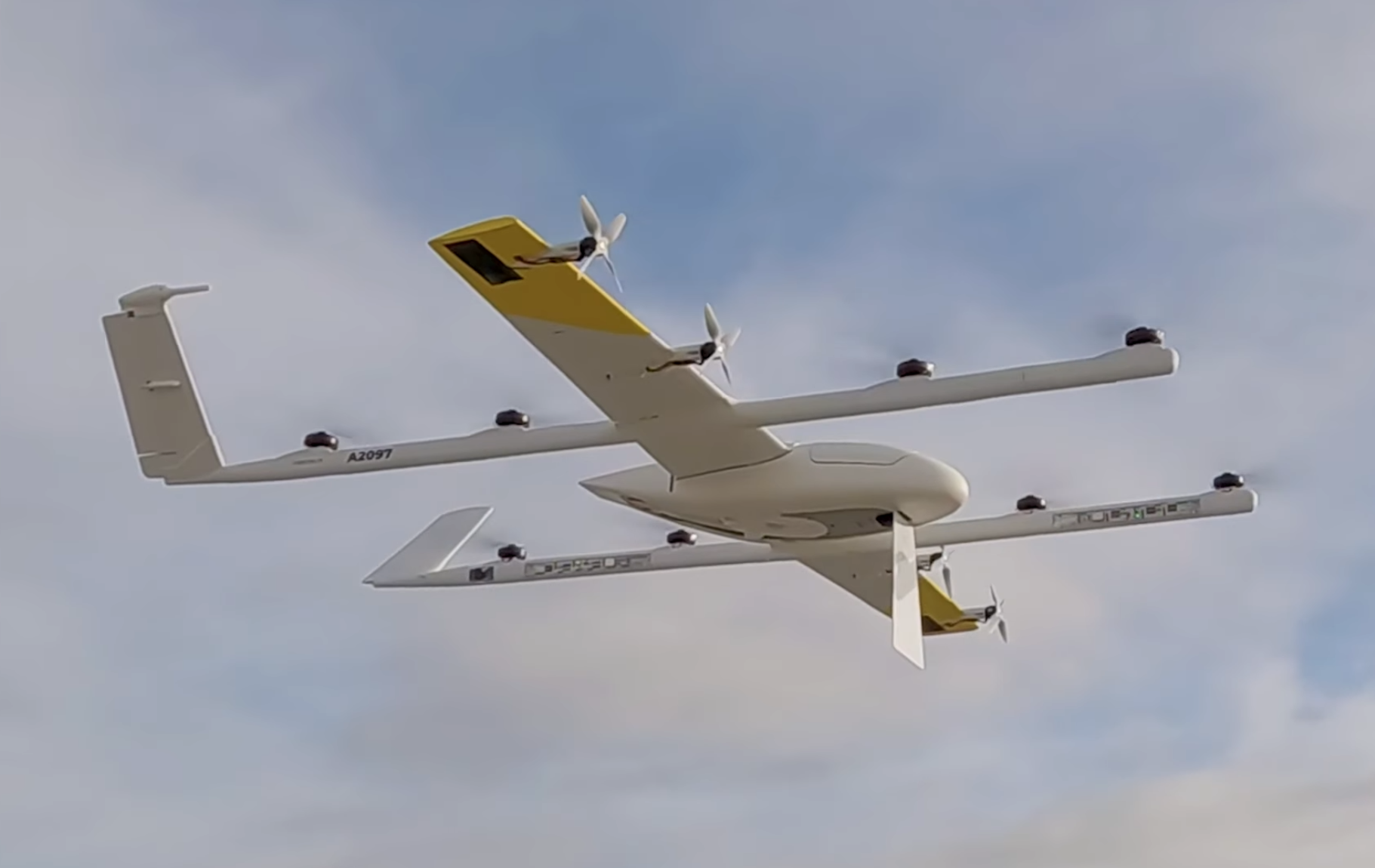Exogenetis
New member
hello, i've been tasked by my company to Design and create RC planes to carry out heavy objects to the places where people could actually use some help (items like water bottle/first aid kits etc.)
i did some research and i even designed and created something but it looks horrible and im not even sure it can fly !! let alone carry anything ...
i need an experienced RC plane Expert to help me out, god knows i could use it so bad right now haha. to be more specific i need help with Fuselage size/shape a better way to attach wings to the Fuselage same for other control surfaces, the width of Fuselage like how thick should it be to be able to fly well and carry a load of like 5kg or something, what kind of motor/airfoil do i use to generate enough lift, as for creating the plane itself what kind of material do i use ? i mena they gave me 2 3d printers and was like: "go ahead learn how to work with this, it should be easy enough" ... anyway i tried PLA+ Filament but i think its heavy and not very sturdy.
alright this is already a long topic and i dont wanna stretch it any further, and if anyone read this far i would really appreciate all the help i could get, thank you.
i did some research and i even designed and created something but it looks horrible and im not even sure it can fly !! let alone carry anything ...
i need an experienced RC plane Expert to help me out, god knows i could use it so bad right now haha. to be more specific i need help with Fuselage size/shape a better way to attach wings to the Fuselage same for other control surfaces, the width of Fuselage like how thick should it be to be able to fly well and carry a load of like 5kg or something, what kind of motor/airfoil do i use to generate enough lift, as for creating the plane itself what kind of material do i use ? i mena they gave me 2 3d printers and was like: "go ahead learn how to work with this, it should be easy enough" ... anyway i tried PLA+ Filament but i think its heavy and not very sturdy.
alright this is already a long topic and i dont wanna stretch it any further, and if anyone read this far i would really appreciate all the help i could get, thank you.

